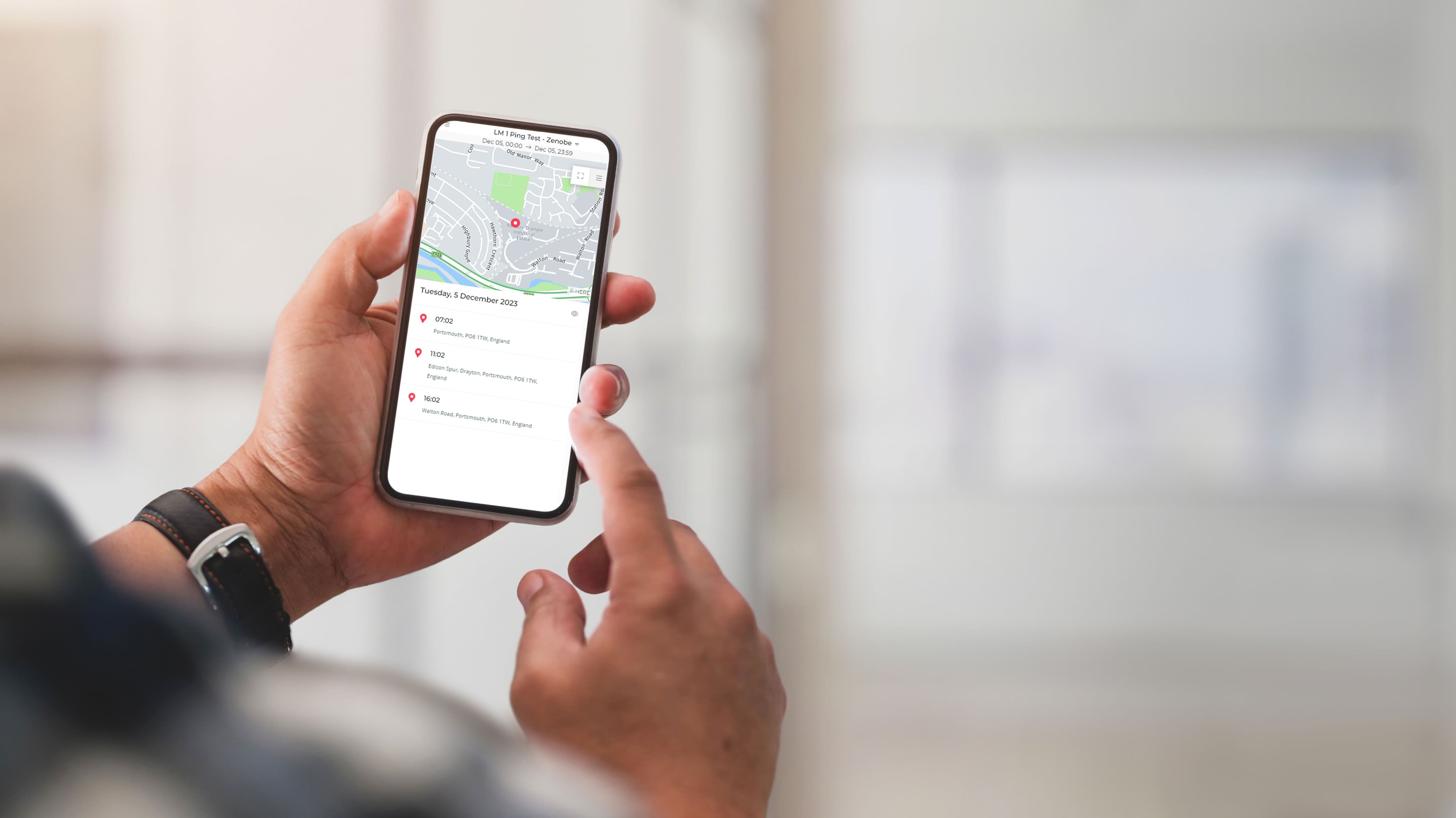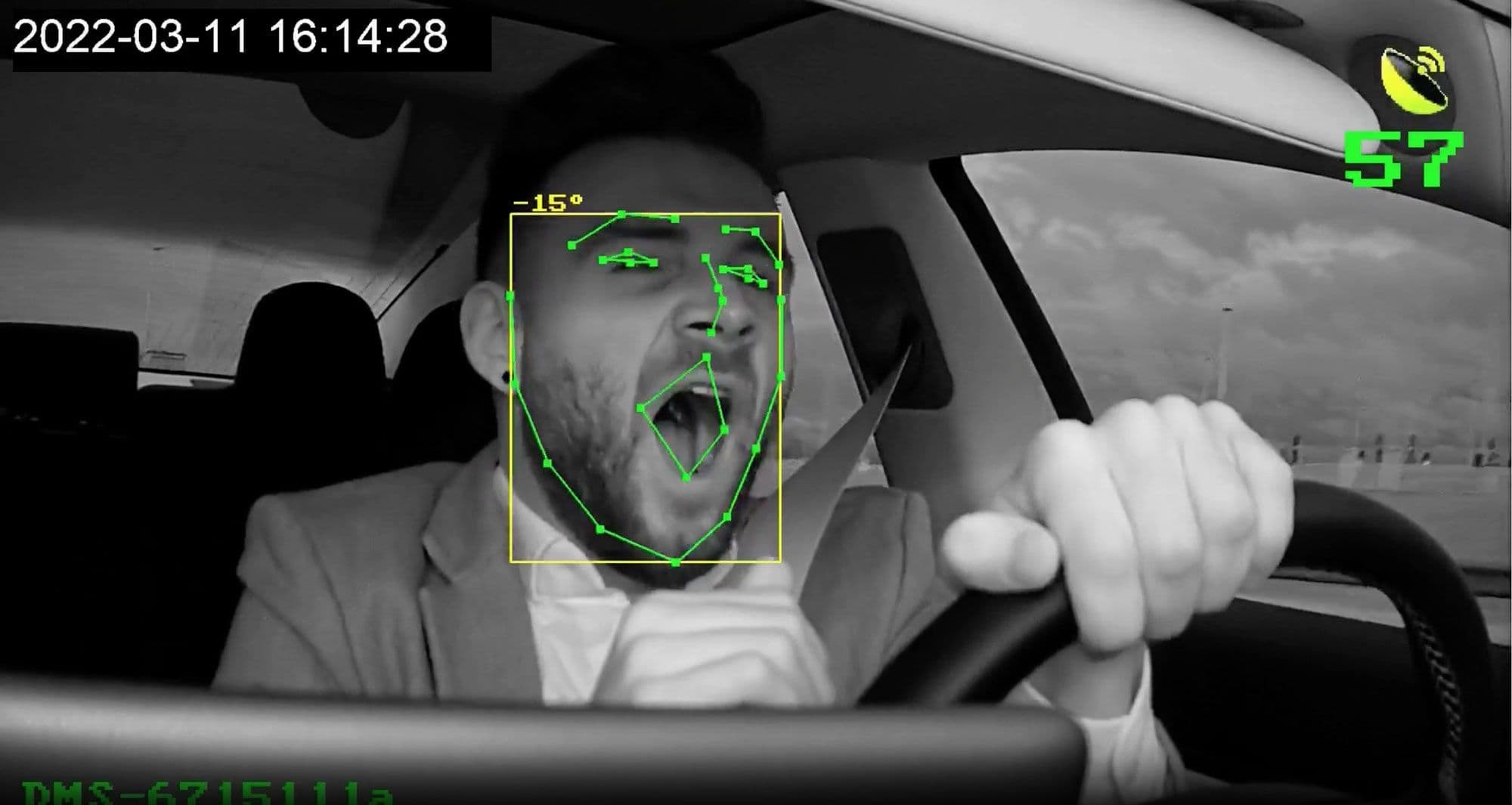- Home
- Telematics
- What is telematics?
- History of telematics
The history of telematics
Discover the history of telematics, from early GPS advancements in the 1970s to today’s sophisticated systems integrating IoT and smartphone apps.

Early beginnings of telematics
The history of telematics dates back to the 1970s when the first GPS satellites were launched. The U.S. Department of Defense was behind this project, and their work led to the first GPS satellite, Navstar 1, being launched in 1978. Initially developed for military applications, GPS technology enables precise location tracking.
In the 1980s, advancements in telecommunications and computer technology allowed for the integration of GPS with other data systems. The result of this work: the rise of telematics. This technology then began to be used in fleet management, where real-time data on vehicle locations and movements was made possible.
The term “telematics” itself is derived from the combination of “telecommunications” and “informatics”, highlighting its role in data communication and processing.

1990s: Evolution and technological advances galore
The evolution of telematics accelerated in the 1990s with the advent of cellular networks and the internet. These technologies made telematics systems not just more sophisticated, but also more accessible.
The 1996 launch of OnStar by General Motors was a game-changer. It offered real-time communication between drivers and a central service centre for navigation, emergency assistance, and vehicle diagnostics. This decade also saw the introduction of onboard diagnostics (OBD-II), enabling deeper insights into vehicle performance and health.
The combination of GPS technology with these new communication channels were the basis behind a key area of telematics: real-time tracking and monitoring of vehicles. These advancements laid the foundation for the in-depth, data-driven telematics systems we rely on today for modern fleet management. It revolutionised how vehicles are managed, monitored, and maintained across all applicable industries.

When did telematics start to be used in cars?
Taking a brief step back, telematics in cars actually began taking shape in the early 1980s. This was through the introduction of early car navigation systems, most notably the Honda Electro Gyro-Cator in 1981 – widely recognised as the first commercial navigation system in automotives.
However, the aforementioned OnStar service marked a significant evolution in vehicle telematics. OnStar supplied drivers with emergency assistance, vehicle diagnostics, and navigation support through an embedded cellular system – all of which heralded a modern era of telematics.
As cellular networks and GPS technology advanced, telematics systems expanded to offer real-time tracking, remote diagnostics, and vehicle health monitoring. By the early 2000s, telematics had further evolved. Now, it included features such as stolen vehicle recovery, fleet management, and usage-based insurance.

The integration of telematics with smartphone applications began around 2010, further revolutionising vehicle connectivity and management. Going hand in hand with the widespread nature of smartphones, telematics gained a powerful, convenient platform.
Telematics applications enabled users to access real-time vehicle tracking, remote diagnostics, and navigation services – all directly from their smartphones. These apps offered unprecedented convenience. Vehicle owners now had the power to monitor and manage their vehicles on the go.
As connected vehicles and the Internet of Things (IoT) emerged, the capabilities of telematics expanded further. IoT-enable vehicles had the ability to communicate with other devices and systems, opening the door to advanced features like remote start, lock/unlock, and climate control via smartphone apps.
This connectivity also facilitated comprehensive data analytics, offering deeper insights into vehicle performance and driver behaviour – a key advantage for fleet management. The combination of telematics, connected vehicles, and IoT continues to drive innovation to this day.

Even though telematics has undergone significant advancements in recent years, the future is poised for even more exciting developments. Driven by advancements in artificial intelligence, machine learning, and 5G connectivity, these technologies will help push telematics to new heights.
Predictive analytics, smarter decision-making, enhanced automation – all of these features (and more) will be introduced into telematics systems. The rise of autonomous vehicles and the increasing integration of telematics with IoT devices will further transform industries – from transportation and logistics to smart cities and beyond.
The utilisation of virtual reality (VR) and augmented reality (AR) also offers exciting possibilities. VR can potentially serve as a training tool for practicing risky scenarios, for instance, whereas AR can boost situational awareness by supplying real-time telematics data overlays onto the driver’s view.
In addition, advancements revolving around data security and privacy measures will be crucial. These need to address concerns related to the massive amounts of data generated by telematics systems, where secure, reliable operations are maintained.

At Radius, we are always at the forefront of cutting-edge telematics solutions. This is evidenced by the inclusion of advanced features such as real-time tracking, in-depth data analytics, and seamless integration with vehicles. As new innovations are introduced, you can trust Radius to deliver the best telematics to drive your business forward with the best technology and unparalleled support.

Why choose Radius?
With innovative solutions built around the needs of our customers, we've established an international reputation for helping businesses grow sustainably.
Expertise
Our team has over 34 years of experience helping more than 400,000 customers globally.
Trust
We are an internationally-acclaimed provider with numerous awards for our products and services.
Choice
Choose from our range of fleet, mobility and connectivity solutions that can be tailored to suit your needs.
Solutions
Use our award-winning technology and services to save your business time and money.



Can’t find what you are looking for?
The customer support team at Radius Ireland provides an Island of Ireland service with four offices in Northern Ireland and four in the Republic of Ireland to best serve our clients' needs.
Contact us
